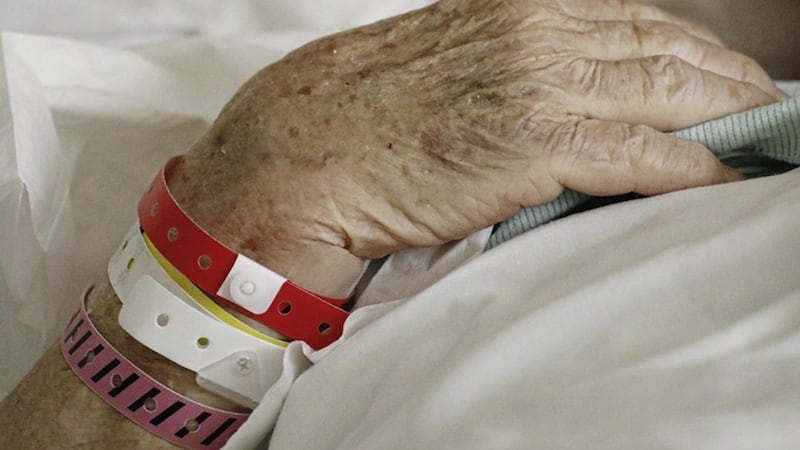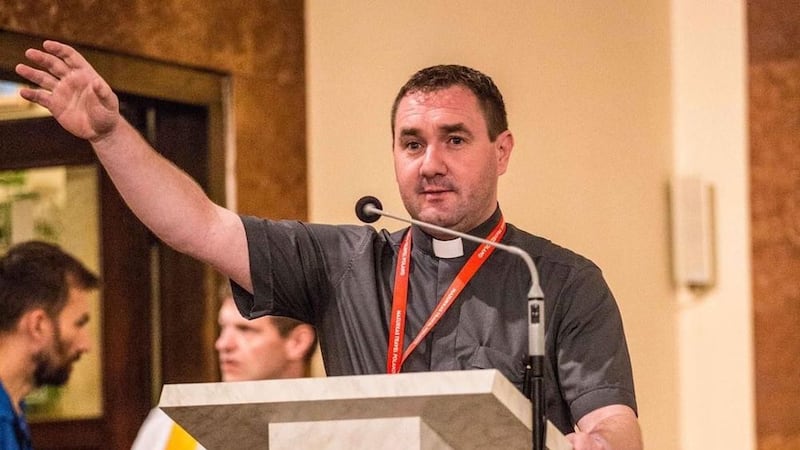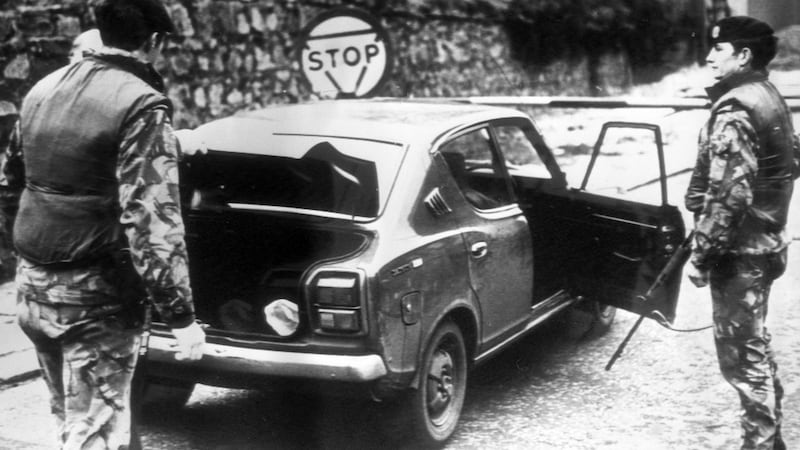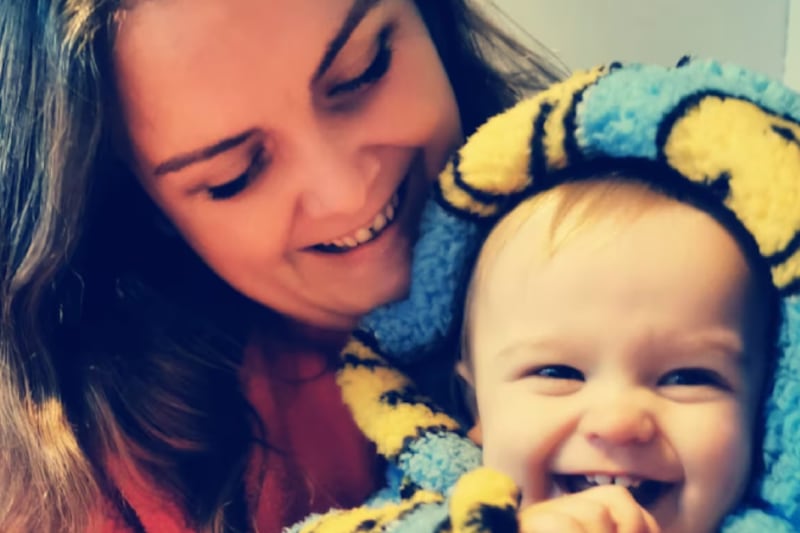ONE in five cancer patients in Northern Ireland receive their diagnosis in A&E departments or through emergency referrals, a report has found.
Survival rates were also significantly lower for those who learned they had cancer in a casualty unit, as many were in the latter stages of the disease.
Researchers from Queen's University Belfast headed up an 18-month project along with health service analysts, in which they examined the different ways patients were diagnosed across the health service between 2012 and 2016.
With the north currently in the grip of a waiting list crisis as more than 300,000 face delays to see a specialist consultant for the first time, experts say that while the results of the report are worrying they are also dated - given the deterioration in the system since 2016.
Screening programmes, GP 'red flag' referrals and outpatient assessments were among the "routes" examined along with A&E presentations.
Key findings from Pathways to a Cancer Diagnosis included:
- A fifth of 46,068 cancer patients (excluding skin cancer) were diagnosed via an "emergency route" including A&E, emergency GP/consultant referral and emergency transfer. Their chances of surviving beyond three years were low, at just 23 per cent
- Patients from poorer areas and pensioners were more likely to get a cancer diagnosis in A&E
- Red flag and routine GP routes accounted for 28 per cent and 21 per cent of diagnoses
- The proportion of patients diagnosed through the red flag route increased from around 26 per cent in 2012 to just below 31 per cent in 2015.
- Survival rates were higher for patients whose cancer was picked up through screening programme, including breast, cervical and colorectal (bowel, rectal, colon) cancers
- Patients from more affluent areas were more likely to have their cancer detected through screening.
Heather Monteverde, heads of services for Macmillan Cancer Support, said A&E is the "least appropriate place" to be told you have cancer.
"It is so busy, there is no privacy, there is a curtain between you and the next person. There are no specialist nurses, there is no time," she said.
"If you go to specialist breast or neurology clinic there is a quiet, private room for staff to break bad news. However, with the current pressures in A&E, it is a completely different environment."
Ms Monteverde said the charity had been running a pilot project in A&E units in which specialist cancer nurses provided support.
"This is a very limited service and runs between 9am to 5pm Monday to Friday. We know from research that only a third of emergency patients who learn they have cancer attend during these hours. We would like to see this project and community-based services extended given the need."
Dr Finian Bannon, lead report researcher for Queen's said the study will help improve patient outcomes by "increasing our understanding of how cancer services are delivered, and how services can be improved".







